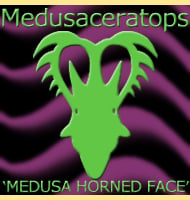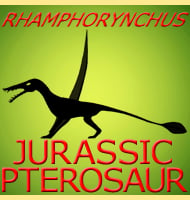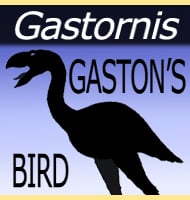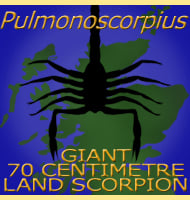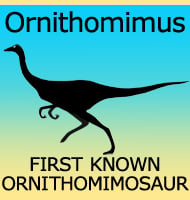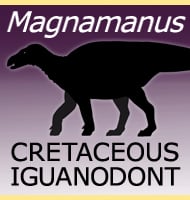In Depth
Exact measurements of Miodentosaurus have been hard to establish, but this could be the largest thalattosaur genus there is. At the time of writing the next largest genus is Concavispina, which is confirmed to have at least grown to as big as 3.64 meters long. Like its smaller cousins, Miodentosaurus was a reptile that still possessed its legs that were developed enough for scrambling about on land, but it seems to have hunted in the sea for food. The tail of Miodentosaurus is laterally compressed so that it could be undulated in a side to side movement similar to how you can see a crocodile swim today. Despite its large size, Miodentosaurus probably hunted for smaller prey such as fish.
Further Reading
- A new thalattosaurian (Reptilia: Diapsida) from the Upper Triassic of Guizhou, China, Y.-N. Cheng, X.-C. Wu, & T. Sato - 2007.

